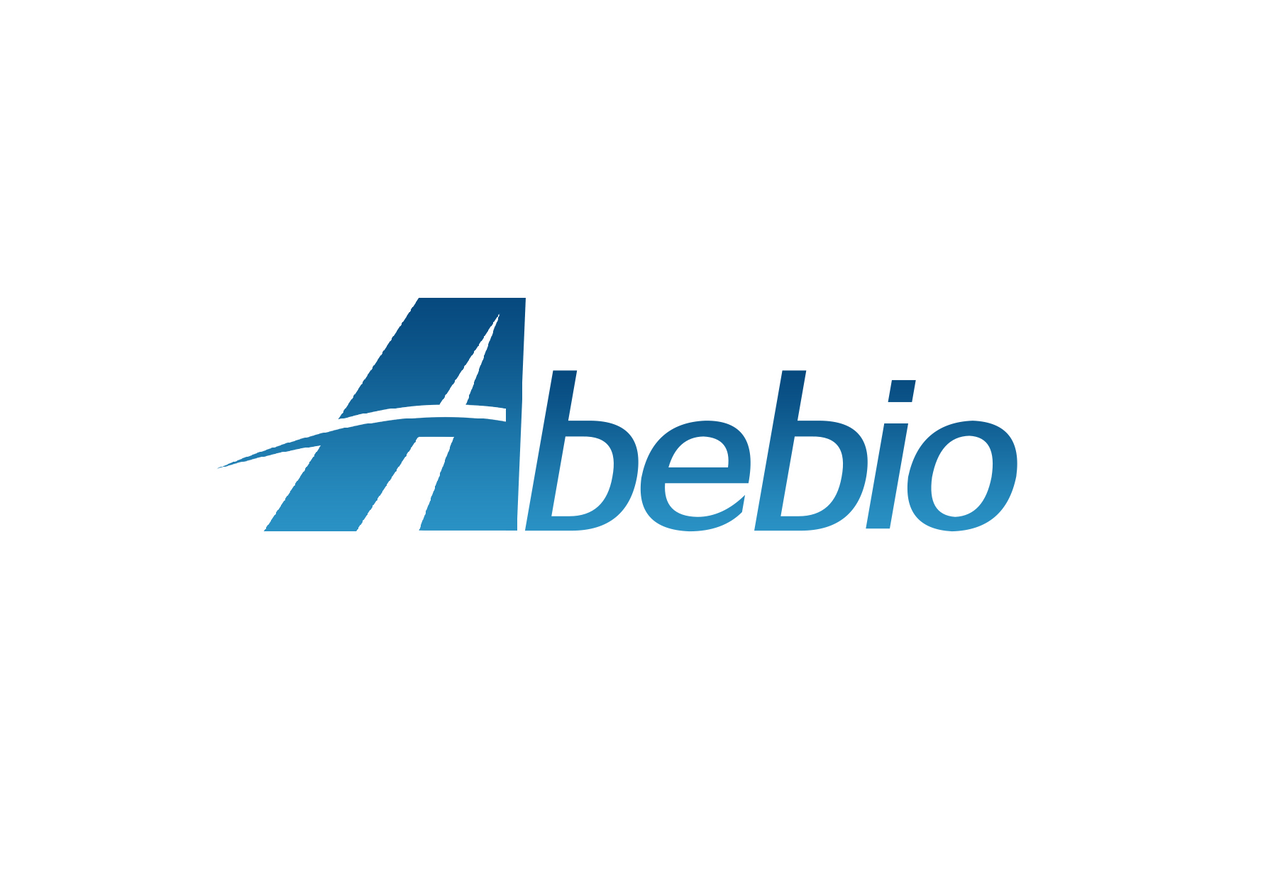Product Description
Human Ras-related protein Rab-37 (RAB37) ELISA Kit | AE24706HU | Abebio
Species Reactivity: Human (Homo sapiens)
Abbreviation: RAB37
Alternative Name: FLJ30284; FLJ32507; RAB37; member of RAS oncogene family|Rab37-like
Application: ELISA
Range: 0.312-20 ng/mL
Sensitivity: 0.122 ng/mL
Intra-Assay: ≤6.1%
Inter-Assay: ≤10.8%
Recovery: 0, 95
Sample Type: Serum, Plasma, Other biological fluids
Detection Method: Sandwich
Analysis Method : Quantitive
Test Principale: This assay employs a two-site sandwich ELISA to quantitate RAB37 in samples. An antibody specific for RAB37 has been pre-coated onto a microplate. Standards and samples are pipetted into the wells and anyRAB37 present is bound by the immobilized antibody. After removing any unbound substances, a biotin-conjugated antibody specific for RAB37 is added to the wells. After washing, Streptavidin conjugated Horseradish Peroxidase (HRP) is added to the wells. Following a wash to remove any unbound avidin-enzyme reagent, a substrate solution is added to the wells and color develops in proportion to the amount of RAB37 bound in the initial step. The color development is stopped and the intensity of the color is measured.
Product Overview: Using yeast 2-hybrid analysis with mouse Rab5 as bait, Masuda et al. (2000) identified Rab37 from a mouse mast cell line. The deduced Rab37 protein contains sequence motifs conserved in other low molecular mass GTPases. It shares 74% and 47% amino acid sequence identity with rat RAB26 and mouse Rab8 (RAB8A) . Northern blot analysis showed expression of 2.3- and 1.2-kb Rab37 transcripts exclusively in the MC9 mast cell line. Immunoprecipitation followed by Western blot analysis of a panel of mouse tissues showed that a 34-kD band corresponding to the Rab37 protein is expressed exclusively in bone marrow mast cells. Expression of GFP-tagged Rab37 in bone marrow mast cells showed that Rab37 localizes to secretory granules.
Stability: The stability of ELISA kit is determined by the loss rate of activity. The loss rate of this kit is less than 5% within the expiration date under appropriate storage condition. The loss rate was determined by accelerated thermal degradation test. Keep the kit at 37°C for 4 and 7 days, and compare O.D.values of the kit kept at 37°C with that of at recommended temperature. (referring from China Biological Products Standard, which was calculated by the Arrhenius equation. For ELISA kit, 4 days storage at 37°C can be considered as 6 months at 2 - 8°C, which means 7 days at 37°C equaling 12 months at 2 - 8°C) .
 Euro
Euro
 USD
USD
 British Pound
British Pound
 NULL
NULL








